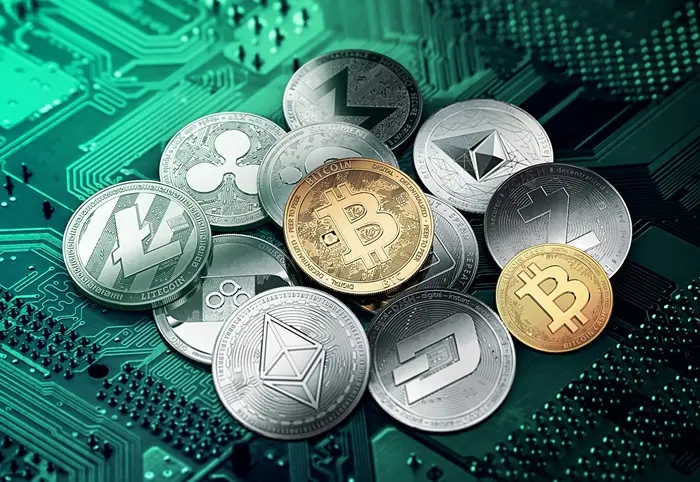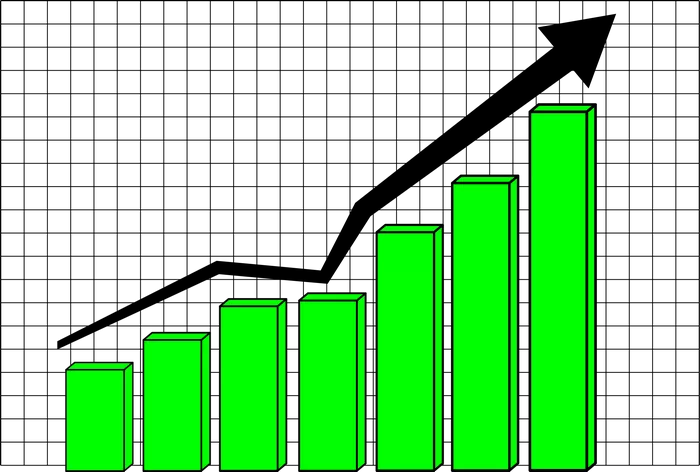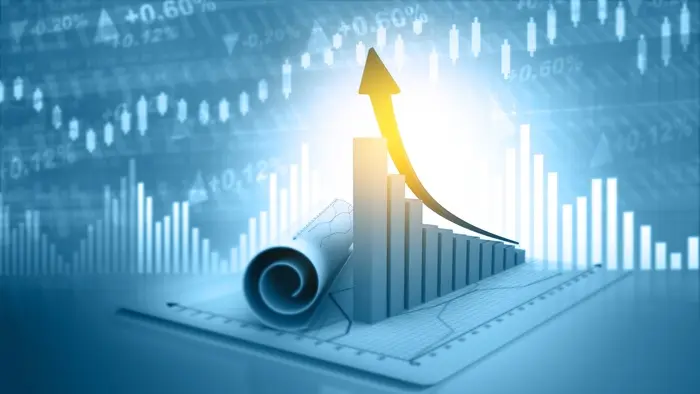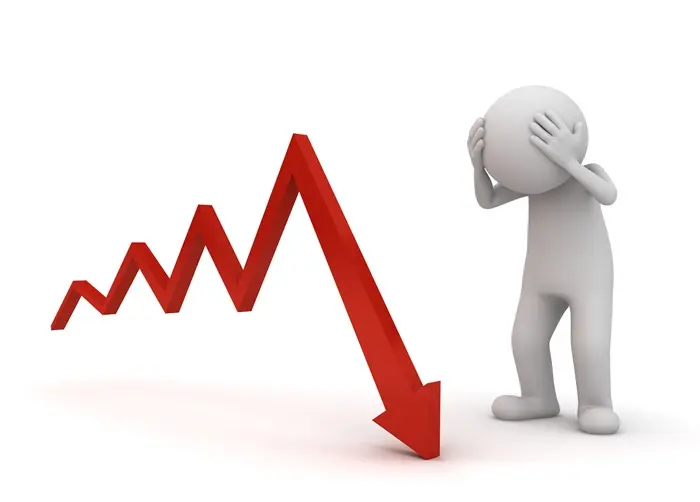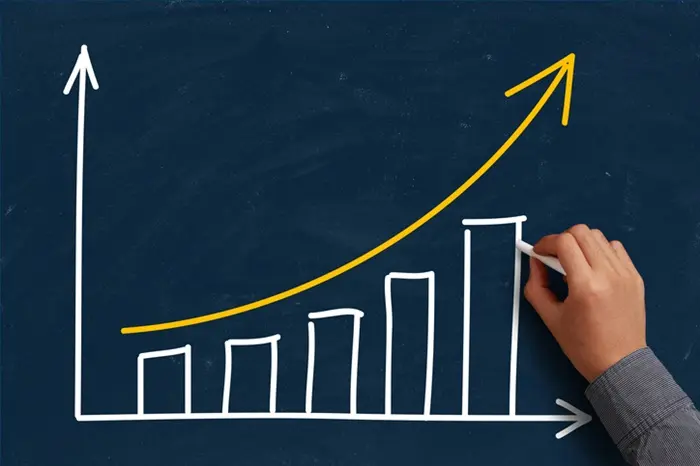Converting euros to US dollars is a common financial transaction, whether you’re a traveler, an investor, or involved in international business. The exchange rate between the euro (EUR) and the US dollar (USD) fluctuates constantly due to various factors such as economic data, central bank policies, geopolitical events, and market sentiment. Understanding the process of converting euros to dollars accurately and efficiently is essential to get the best value for your money. In this article, we will explore different methods of converting euros to USD and the factors you need to consider.
Understanding the Exchange Rate
1. What is an Exchange Rate?
The exchange rate is the value of one currency in terms of another. For example, if the EUR/USD exchange rate is 1.10, it means that 1 euro is worth 1.10 US dollars. Exchange rates are determined in the foreign exchange market, which is the largest and most liquid financial market in the world. The market operates 24 hours a day, five days a week, and involves a wide range of participants such as banks, financial institutions, corporations, hedge funds, and individual traders.
2. Factors Affecting the EUR/USD Exchange Rate
Economic Data: Economic indicators from the Eurozone and the United States play a crucial role in determining the exchange rate. In the Eurozone, key indicators include GDP growth, inflation rates (such as the Harmonised Index of Consumer Prices – HICP), unemployment rates, and manufacturing and services sector data. In the US, similar indicators like GDP, the Consumer Price Index (CPI), non – farm payrolls, and the Purchasing Managers’ Index (PMI) are important. For instance, if the Eurozone’s GDP growth is stronger than the US’s, it may lead to an appreciation of the euro relative to the dollar.
Central Bank Policies: The monetary policies of the European Central Bank (ECB) and the Federal Reserve (Fed) have a significant impact on the exchange rate. The ECB and the Fed use tools such as interest rate adjustments, quantitative easing, and forward guidance to influence their respective economies. If the ECB raises interest rates while the Fed keeps rates stable or cuts them, it can lead to an increase in the value of the euro against the dollar, as higher interest rates generally attract more foreign investment.
Geopolitical Events: Political stability, trade disputes, and international conflicts can also affect the exchange rate. For example, if there are trade tensions between the European Union and the United States, it can lead to fluctuations in the EUR/USD exchange rate. Brexit is another example of a geopolitical event that had a significant impact on the euro and the pound sterling’s value against other currencies, including the US dollar.
Market Sentiment: Investor sentiment and risk appetite can also influence the exchange rate. In times of global economic uncertainty, investors may seek the safety of the US dollar, which is considered a safe – haven currency. This can lead to a strengthening of the dollar against the euro. On the other hand, if investors are more optimistic about the Eurozone’s economic prospects, they may increase their demand for euros, leading to an appreciation of the euro.
Bank and Financial Institution Services
1. Using a Bank
One of the most common ways to convert euros to USD is through a bank. Banks offer currency exchange services to their customers. Here’s how it generally works:
In – Person Transactions: You can visit a local branch of your bank and request a currency exchange. The bank teller will usually ask for your identification and the amount of euros you want to convert. They will then provide you with the equivalent amount of US dollars based on the bank’s exchange rate. The bank’s exchange rate may not be the most competitive, as it includes a margin or spread to cover their costs and make a profit. For example, if the market exchange rate is 1.10 EUR/USD, the bank might offer you a rate of 1.08 EUR/USD.
Online Banking: Many banks also offer online currency exchange services. You can log in to your online banking account, select the currency exchange option, enter the amount of euros you want to convert, and the bank will process the transaction. The funds can be transferred to a linked US dollar – denominated account or sent to another account you specify. However, online exchange rates may also be subject to the bank’s margin and may not be as favorable as the interbank market rates.
2. Considerations When Using a Bank
Fees: Banks may charge various fees for currency exchange. These can include a flat fee per transaction, a percentage of the amount being exchanged, or a combination of both. For example, a bank might charge a $10 flat fee plus 1% of the euro amount you’re converting. It’s important to ask about these fees upfront to understand the total cost of the conversion.
Exchange Rates: As mentioned earlier, bank exchange rates may not be the best in the market. It’s a good idea to compare the bank’s rates with other financial institutions or online currency exchange platforms to ensure you’re getting a fair deal.
Processing Time: In – person transactions at a bank branch may be relatively quick, but online transactions may take a few business days to process, depending on the bank’s procedures and the amount of the exchange.
Currency Exchange Kiosks and Bureaus
1. How They Work
Currency exchange kiosks and bureaus are another option for converting euros to USD. These are often located in airports, train stations, tourist areas, and major cities. You can simply walk up to a kiosk, present your euros, and receive US dollars in return. The process is usually quick, and you don’t need to have an account with the kiosk operator.
The exchange rate at these kiosks is also based on the market rate, but like banks, they add a margin to make a profit. In some cases, the margins at kiosks can be quite high, especially in locations where there is a captive market, such as airports. For example, an airport kiosk might offer an exchange rate that is 5 – 10% less favorable than the market rate to cover their high operating costs and the convenience they provide.
2. Advantages and Disadvantages
Advantages
Convenience: They are easily accessible in high – traffic areas, making it convenient for travelers who need to convert currency quickly.
Speed: The conversion process is usually fast, allowing you to get your US dollars almost immediately.
Disadvantages
High Costs: As mentioned, the exchange rates can be less favorable, and they may also charge additional fees. Some kiosks may have hidden fees or charges that are not clearly disclosed, so it’s important to read the fine print.
Limited Options: They may have restrictions on the denominations they accept or the amount of currency they can exchange. For example, some kiosks may not accept large – denomination euro notes or may have a maximum limit on the amount of euros you can convert.
Online Currency Exchange Platforms
1. Types of Platforms
Online currency exchange platforms have become increasingly popular in recent years. There are two main types:
Peer – to – Peer (P2P) Platforms: These platforms connect individuals who want to exchange currencies directly. For example, someone in the Eurozone who has euros and wants to exchange them for US dollars can connect with a person in the United States who has US dollars and wants euros. P2P platforms usually offer more competitive exchange rates than traditional institutions because they cut out the middleman. However, they also come with some risks, such as the possibility of fraud or the lack of regulatory protection.
Online Forex Brokers: Forex brokers are financial institutions that facilitate currency trading. While their primary business is trading for speculative purposes, many also offer currency exchange services. They provide access to the interbank market exchange rates, which are generally more favorable than bank or kiosk rates. However, using a Forex broker for currency conversion may involve more complexity and regulatory requirements. You may need to open an account, provide identification, and comply with anti – money laundering and know – your – customer (AML/KYC) regulations.
2. How to Use Online Platforms
Registration: If you choose to use an online platform, you’ll usually need to register an account. This involves providing personal information such as your name, address, contact details, and identification documents. The platform will verify your identity to comply with regulatory requirements.
Quoting and Order Placement: Once your account is set up, you can request a quote for the EUR/USD exchange. The platform will show you the current exchange rate and any associated fees. You can then place an order to convert your euros to US dollars. The funds can be transferred through various methods such as bank transfer, PayPal, or other electronic payment systems.
Security and Regulation: It’s important to choose a reputable online platform. Look for platforms that are regulated by financial authorities, such as the Financial Conduct Authority (FCA) in the UK or the Commodity Futures Trading Commission (CFTC) in the US. These regulatory bodies ensure that the platform operates in a fair and secure manner and protects the interests of consumers.
Credit and Debit Cards
1. Using Cards for Currency Conversion
When you use a credit or debit card to make a purchase in a currency other than your home currency (in this case, using a euro – denominated card to make a purchase in USD), the card issuer will usually convert the currency for you. The conversion is based on the card issuer’s exchange rate, which is often a wholesale rate plus a markup.
For example, if you make a $100 purchase in the US using your euro – denominated credit card, the card issuer will convert the amount from US dollars to euros based on their exchange rate. They will then charge the equivalent euro amount to your card account.
2. Considerations When Using Cards
Exchange Rates and Fees: Card issuers may charge a foreign transaction fee in addition to the markup on the exchange rate. The foreign transaction fee can range from 1% to 3% of the purchase amount. It’s important to check with your card issuer about their exchange rate policy and fees before using your card for international purchases.
ATM Withdrawals: If you use your debit card to withdraw US dollars from an ATM in the US, you may also be subject to ATM withdrawal fees, in addition to the currency conversion fees. Some banks may have partnerships with international ATM networks that can reduce these fees, so it’s worth exploring your options.
Tips for a Successful Currency Conversion
Monitor the Exchange Rate: Keep an eye on the EUR/USD exchange rate before making a conversion. You can use financial news websites, mobile apps, or online currency converters to track the rate. Try to time your conversion when the rate is favorable to you. For example, if you’re a traveler and you know you’ll need to convert euros to USD in a few weeks, you can set up rate alerts to notify you when the rate reaches a level you’re happy with.
Compare Costs: Don’t settle for the first option you come across. Compare the exchange rates and fees of different banks, kiosks, and online platforms. A small difference in the exchange rate or fees can add up to a significant amount, especially for large – scale conversions.
Plan Ahead: If you’re traveling or have a large – scale conversion in mind, plan ahead. This can give you more time to research the best options and potentially avoid last – minute, high – cost conversions at airports or other inconvenient locations.
Conclusion
Converting euros to US dollars requires careful consideration of various factors such as the exchange rate, fees, and the method of conversion. By understanding how the exchange rate is determined, the different conversion methods available, and the associated costs and risks, you can make an informed decision and ensure that you get the best value when converting your euros to US dollars. Whether you’re a casual traveler, an international businessperson, or an investor, taking the time to research and choose the right conversion method can save you money and make the process more efficient.
Related topics:













